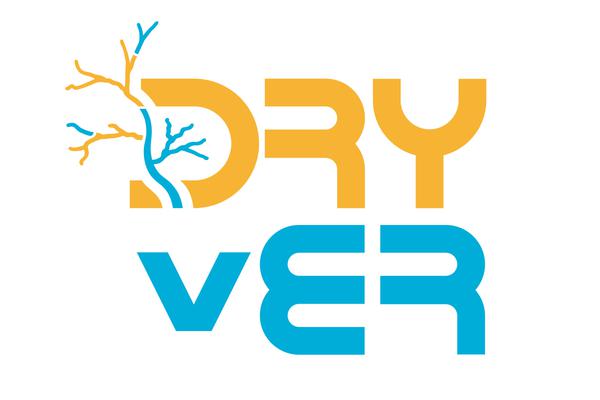DRYvER
from 01/01/2021 until 31/12/2024
The 2015 Paris Agreement stresses the need to protect biodiversity and secure the functional integrity of ecosystems, while fighting against climate change and adapting to its impacts. River networks are among Earth’s most threatened hot-spots of biodiversity. They act as ecological corridors for species and they safeguard biodiversity by linking terrestrial and aquatic ecosystems down to the sea. River networks also contribute substantially to the carbon cycle (including the evasion of carbon dioxide into the atmosphere) and they provide key ecosystem services (e.g. supply drinking water and food, climate regulation) which are essential to sustain human well-being. In river networks, aquatic communities, ecosystem functions and services are organised through local environmental constraints (e.g. physical habitat) and regional fluxes of organisms (dispersal) and resources (e.g. organic matter transport). These fluxes are threatened by climate change and increased human water use, which cause rivers and streams to dry up worldwide, including in Europe. Over 50% of the global river network include drying channels and this share is dramatically increasing worldwide. Drying river networks (DRNs) are not only crucial in the European Union (EU) but also worldwide, including South America, harbouring 30% of Earth's freshwaters and several of the world’s major biodiversity hotspots.
Because shifts from permanent to intermittent flow regimes represent major tipping points for rivers, with often irreversible environmental and societal consequences (including massive fish deaths and impaired water quality) we must urgently understand ecosystem processes and socio-ecological consequences of drying. However, DRNs have received little attention from scientists and policy makers, and the public is unaware of their importance. This makes predicting how climate change will alter riverine drying patterns and affect their biodiversity, ecosystem functions and services and the consequences of such alterations for both nature and humans impossible.
The Horizon 2020 project, DRYvER (Securing biodiversity, functional integrity and ecosystem services in DRYing riVER networks) consists of multidisciplinary teams of 25 experts from 11 countries in Europe, South America, China and the USA will build on EU efforts to investigate how climate change has cascading impacts on biodiversity, ecosystem functions and ecosystem services of DRNs.
Aim
DRYvER aims to collect, analyse and model data by working in collaboration with resource managers and citizens in order to investigate how biodiversity, ecosystem functions, ecosystem services and their values in drying river networks (DRN) are directly and indirectly altered by climate change.
Furthermore, the DRYvER team plans to co-develop new strategies to mitigate the effects of climate change on DRNs by integrating different approaches such as hydrology, socio-economics, ecology and biogeochemistry in order to craft strategies, tools and recommendations for adaptive management of river networks.
The end results of DRYvER will contribute to reaching the objectives of the Paris Agreement and place Europe at the forefront of research on climate.
Needed equipment
A smartphone with the DRYriVERS app installed or a computer to access the web application (https://www.dryver.eu/app).
About funding
Funding bodies: European Comission
Created Jan. 14, 2022, 9:27 a.m.
Updated Jan. 18, 2022, 9:24 a.m.
